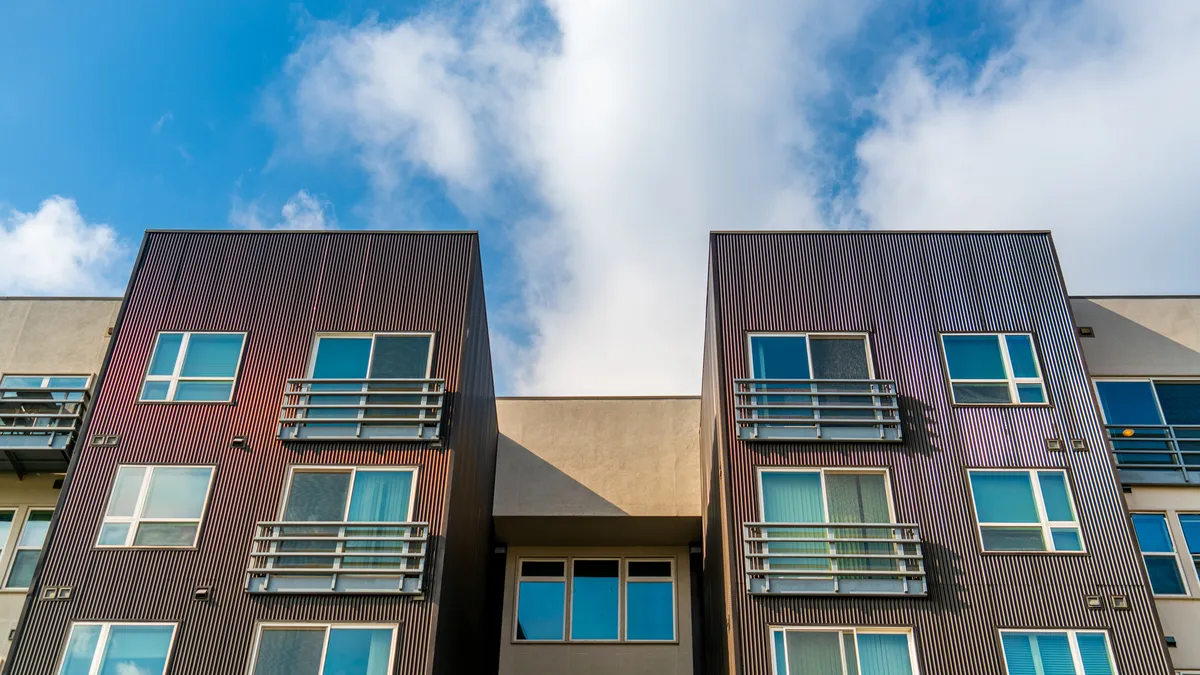As the Federal Reserve continues to hike interest rates in an effort to tame inflation, the expectation is that unemployment will increase. But, so far, that doesn’t seem to be happening on a broad scale.
While 263,000 jobs were added across all industries nationwide in September, and the unemployment rate fell to 3.5% in last week’s job report, openings have risen from 10.1 million in August to 11.2 million in July, according to the Labor Department.
Despite these mixed signals, the labor market appears to be improving for apartment managers. At Wellington, Florida-based apartment operator and builder The Bainbridge Cos., the number of open on-site positions dropped from a peak of 90 since the beginning of 2021 to 60 in early September. Now, the company is down to 30 open positions.
“We did see some tough times with labor shortages,” said Dana Caudell, president of property management at Bainbridge. “But we've seen that somewhat improving over the past 30 to 60 days.”
Shakti C'Ganti, founder and CEO of Dallas-based apartment owner and operator Ashland Greene, says his company still has some vacancies, but things are improving. “I think it [the labor shortage] has eased up a little bit,” he said. “I don't know what exactly that's due to.”
Others agree though they’re hesitant to acknowledge it out loud. “Things do seem to be a little bit easier [in Arizona], and we do seem to have fewer positions open,” said Denise Trentacosta, senior asset director for Phoenix-based MEB Management Services. “But it almost feels like you're tempting fate by saying it.”
Construction competition
Not all jobs on an apartment site are the same. Some are in more demand than others. “From a property management perspective, certain positions are still hard to fill, like maintenance,” said John Carlson, president of Mark-Taylor Residential, a Scottsdale, Arizona-based operator with more than 22,000 units under management.
Bainbridge, for instance, has more open jobs for maintenance technicians than for office staff. Part of the issue is that the construction industry has been booming, which attracts workers in service positions.
Overall construction unemployment dropped to 3.4%, below the national rate of 3.5% for all industries in September. The bulk of the gains came on the nonresidential side as those builders added 13,100 positions for the month and 181,500 for the year, a 4.2% gain from 12 months prior, according to an analysis of Bureau of Labor Statistics data conducted by Associated Builders and Contractors.
“We will probably deliver about 13,000 units this year in Phoenix,” Carlson said. ”We haven't delivered more than 10,000 units since 1986. So a lot of the labor gets sucked up into the construction jobs, specifically on the service side.”
But Carlson thinks development will slow as the economy cools, pulling maintenance workers back on site. “It's shifting. It's becoming a little bit easier,” he said. “And I think that will continue as the economy becomes less good.”
Some construction workers are already showing up in Bainbridge’s offices. “When construction was booming, a lot of folks were moving from the service side into the construction side,” Caudell said. “But we really started seeing that normalize, which is good news.”
But even if things look like they’re improving, experienced operators know that the labor situation can turn overnight.
“There is continued pressure, obviously, on operations,” said Mike Gomes, chief experience officer at Atlanta-based owner and manager Cortland. “The talent pressure is for real, and it's never necessarily going to go away.”
Click here to receive multifamily and apartment news like this article in your inbox every weekday.











